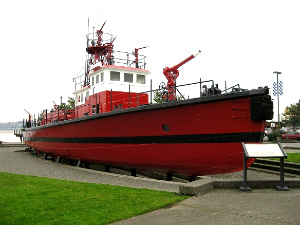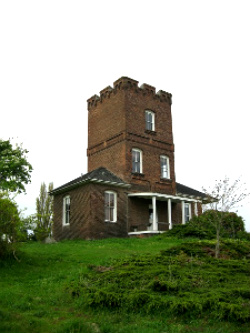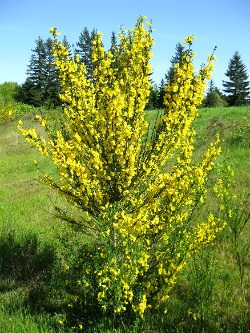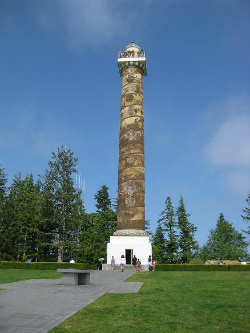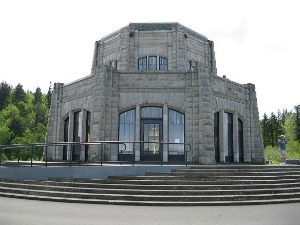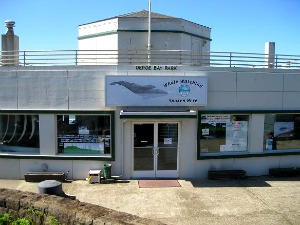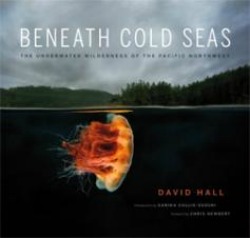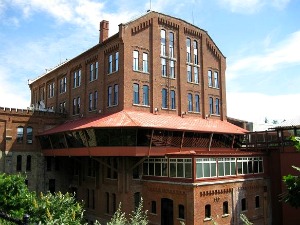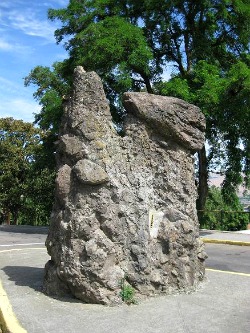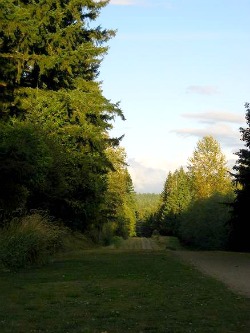6/12/2012. One of the benefits of trying out a new hiking/biking trail is that you never know what you might run into. We came across this “firecracker red” fireboat drydocked along Ruston Way in Tacoma, WA.
Fireboat #1 served the Port of Tacoma proudly for 54 years. With a roster of twelve firefighters working three daily shifts, she’s the only fireboat in the U.S. to continuously protect a major port all by herself for more than half a century. During her long career, she was involved in waterfront fire protection, harbor security patrols, search and rescue missions, and water pollution control efforts. She’s currently one of only five fireboats listed on the National Historic Landmark Registry.
Fireboat #1 was built in 1929 by the Coastline Shipbuilding Company of Tacoma, WA, for $148,000. She’s one of the first boats designed and built specifically for fighting dockside or shipboard fires. At the time, most fireboats were tugboats retrofitted with firefighting equipment. #1 is 96 feet long and has seven water cannons capable of delivering 10,000 gallons of water per minute. Strong enough to knock the roof off a burning warehouse! The largest cannon, called Big Bertha, pumped 6500 gallons of water per minute with a spray of 425 feet.
Upon retirement, Fireboat #1 was put on permanent display on the southern end of Ruston Way. She’s in good company. A variety of other monuments–as well as some outdoor sculptures and little parks–can be found sprinkled along the two mile paved trail that runs alongside Commencement Bay. There’s also a pier and a smattering of good restaurants down on the waterfront with some incredible views looking out over the bay. A nice place to linger, especially when the sun finally peeks out from behind grey clouds.
Parking is available up and down the trail. For a map and directions, please check out the Metro Parks Tacoma website.

